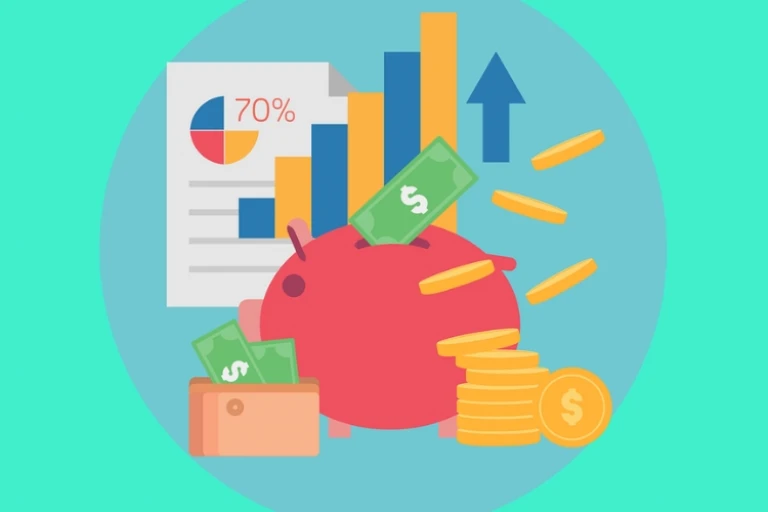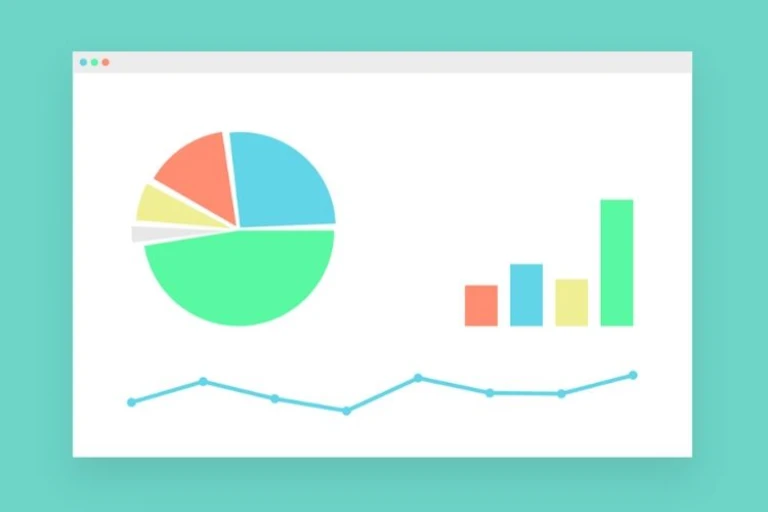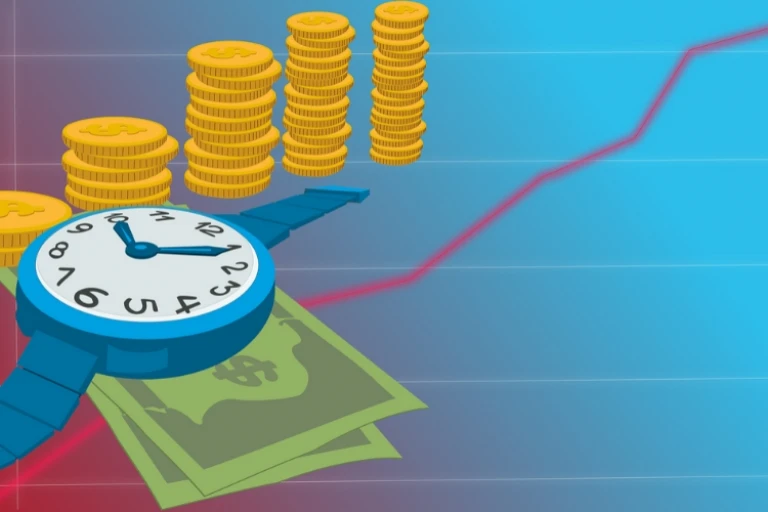Getting started with budgets, cash flow and pricing
HOME / / Getting started with budgets, cash flow and pricing

Budget
What is a business budget?
A business budget shows you what it’s going to cost to run your business, estimates how much money you’ll make, and shows the cash balance you have left. It is essential for your business and will help you plan future spending, allowing you to predict when you’ll have cash to invest in growth and development.
But where do you start when you have no existing data to work with? When you’re just starting out, your budget may involve a little wishful thinking and crystal ball gazing. But don’t let this deter you from doing it. An educated guess is still more helpful than blind financial faith.
Writing your first budget
There are three elements to your budget.
1. Start up costs
What is it going to cost to set up your business and start trading? Think about:
materials and production costs
facilities and equipment
staff salaries
marketing costs
You’ll probably fund these up-front expenses through lending, so your monthly budget must include loan repayments and interest.
2. Ongoing expenses
Each month you’ll have fixed and variable expenses. These are the costs you’ll need to cover each month by making sales.
Fixed expenses don’t change and are easy to budget for: utility bills, rent or mortgage, loan payments, professional fees.
Variable expenses change and include things like materials, shipping costs and production costs.
3. Monthly sales
This is guesstimate territory. Try to be realistic about what’s achievable, especially when you’re starting out.
Don’t forget that you might receive payment for sales a month or more after supplying them. A small proportion of customers may not pay at all or need a refund. Base your budget on an estimated collection rate for your industry.
Once you have these figures worked out, you subtract your expenses from your sales. This gives you your cash balance – the ready money you have to keep business flowing.

Cash flow
What is cash flow?
Cash is the lifeblood of any business. It flows in and out, as sales are made and bills are paid. It is always on the move. Take a look at some examples in the table below.
The difference between incomings and outgoings is your net cash flow. Your aim is to have positive net cash flow. That means you’ve got more coming in than going out. It provides you with the money to cover your expenses - and invest in growth, if that’s what you’re working towards.
Note that cash flow isn’t the same as profit and loss. You can have profit on paper but lack cash in the bank, as money flows in and out of the business.
Why does cash flow matter?
Cash flow matters because your business needs cash to cover your expenses while you wait for invoices to be paid - or to receive funds other ways, like payment of a Start Up Loan.
Without the money to buy materials or pay staff, you’ll no longer be able to make products or deliver services, which means you won’t be able to make any more money.
Managing cash flow can be particularly tricky for startups because:
they often have upfront costs to pay for before they start making sales
it can take time to start making sales when you’re a new business
suppliers sometimes ask for early payment from startups (because they don’t yet have a track record of making timely payments)
This is why it is especially important for startups to be savvy about their finances and monitor them closely. So, don’t bury your head in the sand. Tackle cash flow head-on – and thank us later.
Cash flow forecasting
Forecasting helps you plan and predict your net cash flow. It will always be an educated estimate but can help you stay on track, avoid problems and keep cash flowing freely.
It may also be a requirement of lenders so they can assess your suitability for loans. So, it is a good habit to develop.
Cash flow forecasting can help you:
identify if there’s going to be a shortfall and adjust your plans accordingly
make sure you’ve got enough money to pay what you owe others
keep track of what you’re owed and when it is due
prioritise your spending
This will help you avoid negative net cash flow by working within your financial limits.
For example, if an invoice hasn’t been paid yet and you’re short on cash, you might decide not to take on a new project that would incur a high level of up-front costs.
You might also change your invoices to offer a discount for early payment or require immediate payment.
When you’re ready to start forecasting for your business, we’ve got an article on how to make revenue forecasts.

Pricing
Why is pricing important?
Pricing is important because it determines how much profit you’ll make and can impact how people perceive your product. But without any prior experience or market share, some startups struggle to work out prices for their products.
It can be tempting to set a low ‘introductory’ price to attract customers or gain market share by undercutting the price of competitors. But this is a risky strategy, because:
you may not make enough money to make your business viable
you may struggle to raise prices once you’re established for fear of losing custom
competitor prices may be based on processes and efficiencies you can’t match
competitors may retaliate and you get stuck in a race to the lowest price possible
It makes more sense to work out an accurate price for your products, based on your business needs, and to use these from the start.
How can you work out what to charge?
Pricing can be a dark art. Price too highly and you may deter people from buying. But price too low and they might think your offering is low quality. So, where do you start?
Profit-based pricing
If you base your price on what an item costs, you simply add a certain amount of profit onto the production cost of an item.
This is a simple way to plan pricing and can deliver a predictable level of profit. But you may be vulnerable if outside factors force you to reduce your prices.
Brand value-based pricing
An alternative approach is to base your price on what a customer is willing to pay. Customers may be willing to pay much more than the actual value of the item (think designer clothes).
This can deliver higher levels of profit but requires savvy strategy to increase the perceived value of your brand.
Time and experience-based pricing
If you’re service-based and charging for your time, look at what your industry averages are. Take into consideration your levels of experience and expertise, and make sure you’re comparing yourself to the right people.
Remember that for every hour of your time you can charge for, you’ll likely spend at least another hour winning that business and doing all of the associated admin that comes with it – invoicing, and so on - so factor that in too.

"We’re delighted to be the 2000th loan recipients!"
